Affiliate links on Android Authority may earn us a commission. Learn more.
ASUS Zenfone Max Pro (M1) hands-on: A well-rounded budget smartphone
Published onApril 23, 2018
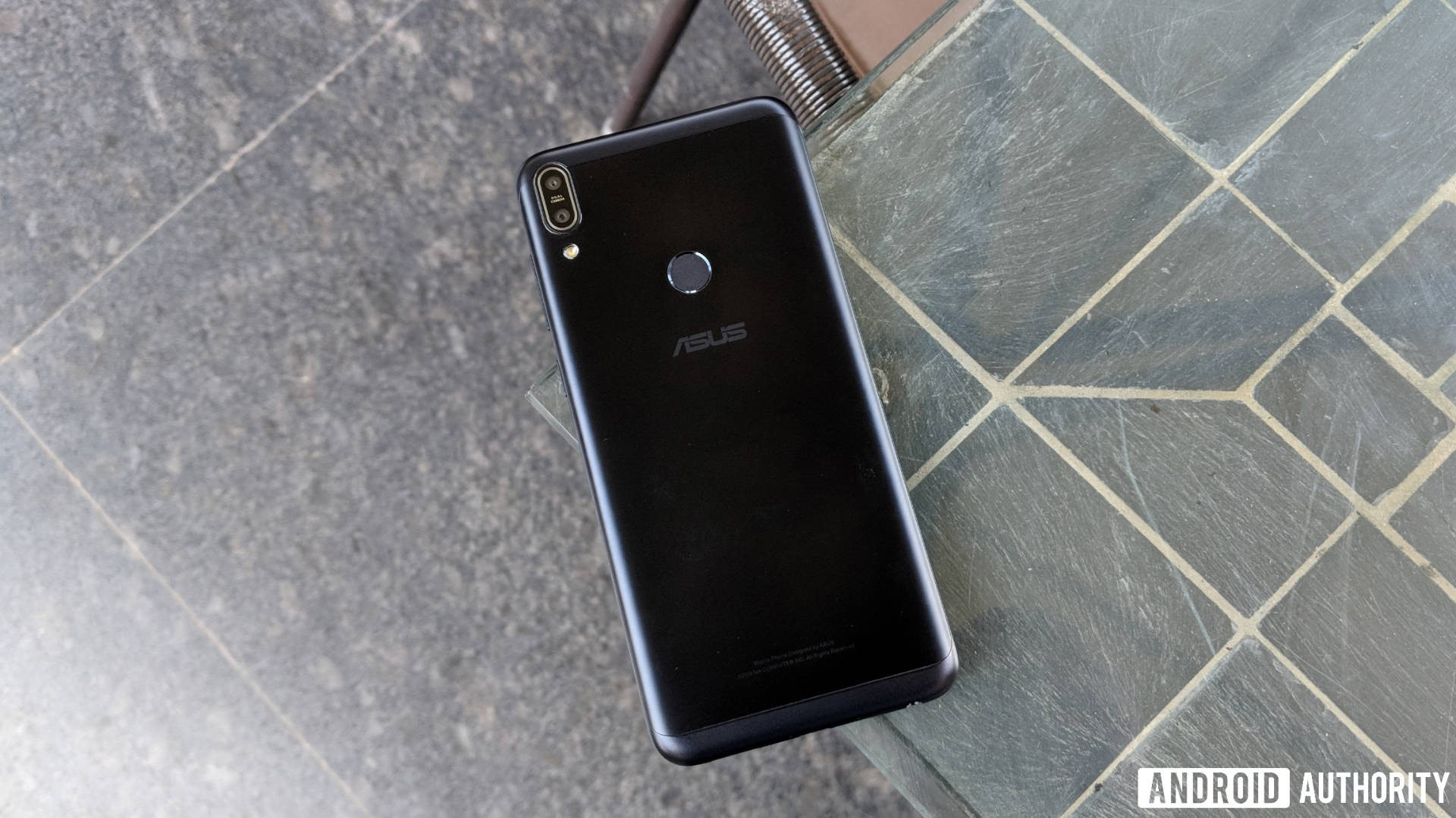
It’s been a while Asus has a launched a smartphone in the Indian market. Once a decent mid-segment player, ASUS lost the plot when it came to affordable smartphones amidst stiff competition from several Chinese players.
But the company is back with ASUS Zenfone Max Pro (M1) (ZB601KL) – an affordable smartphone that aims to take on the competition from the very successful Redmi Note 5 and Note 5 Pro as well as the broad HONOR lineup.
Launched in a press event in New Delhi today, the Zenfone Max Pro is a first-to-world device and aims to bring marquee 2018 features like taller display and dual cameras to a well-rounded budget smartphone. I spent some time with the ASUS Zenfone Max Pro (M1) in the days leading up to the launch, and here are my first impressions of the same.
Specifications
| ASUS Zenfone Max M1 ZB601KL | |
|---|---|
Display | 5.99-inch IPS Full HD+ (2,160 x 1,080) 18:9 aspect ratio 450 nits brightness 2.5D curved glass |
Processor | Qualcomm Snapdragon 636 64-bit octa-core CPU (8 x Kryo 260 cores) Adreno 509 GPU 14nm FinFET technology |
RAM | 3/4GB |
Storage | 32/64GB Supports microSD card up to 2TB |
Rear Camera | 13MP + 5MP depth sensing sensor f/2.2 aperture 80-degree view angle Phase Detection AF 5-element lens LED flash 4K UHD video recording |
Front Camera | 8MP f/2.0 aperture 85.5-degree view angle 5-element lens Soft-light LED flash |
Battery | 5,000mAh Bundled 2A/10W charger |
Software | Android 8.1 Oreo |
Dimensions and weight | 159 x 76 x 8.61mm 180g |
Design
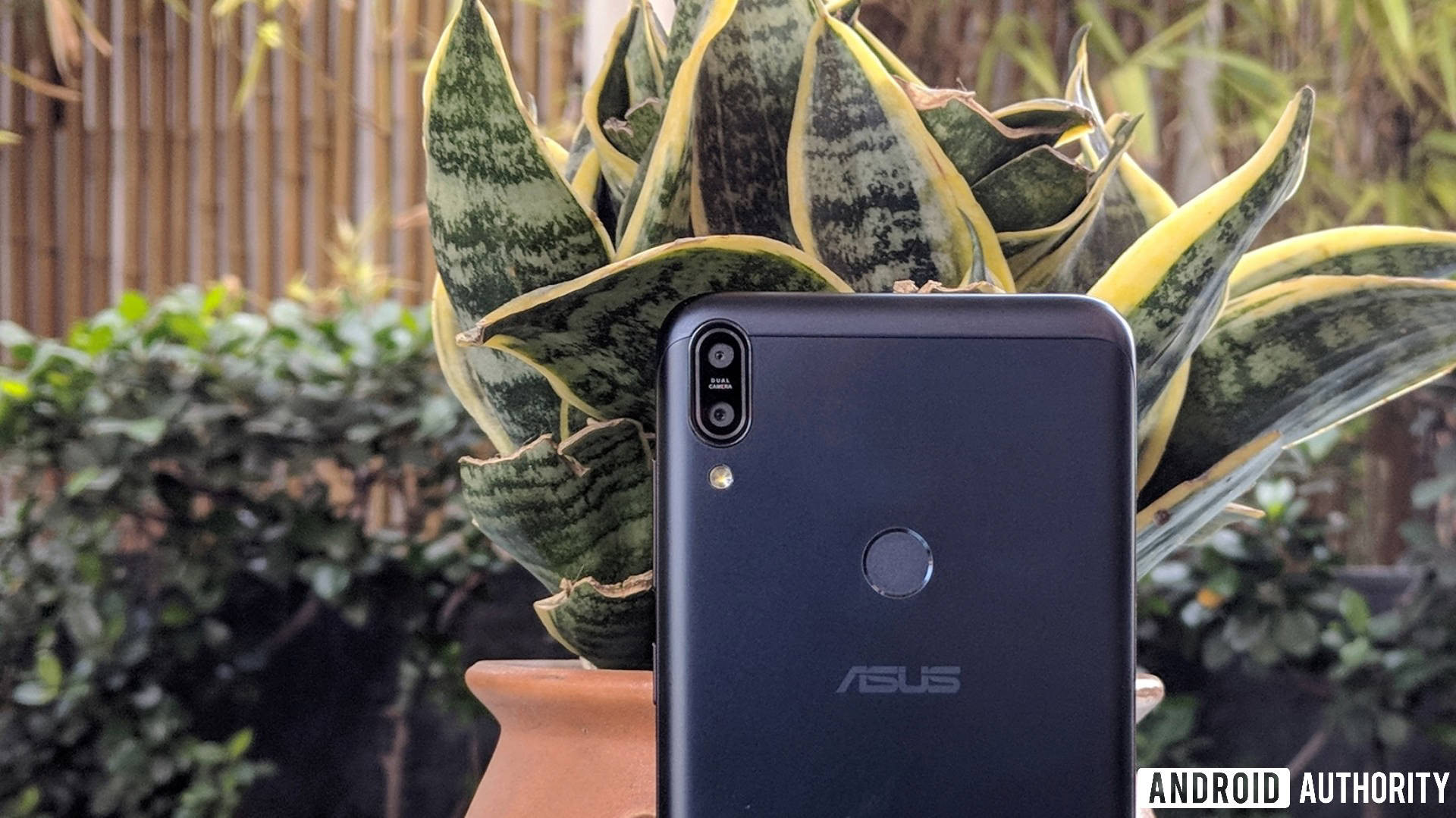
The ASUS Zenfone Max (M1) doesn’t stand out in the sea of affordable smartphones in the market. Not that it is a bad thing since most brands in this segment – barring HONOR maybe – prefer going for the predictable, yet functional, design. As we’ve seen with the success of Xiaomi’s Redmi series, looks like most customers also don’t care much.
The ZenFone Max Pro has a reliable aluminum alloy body and sports a taller display which combined with thin bezels allow for a 5.99-inch display in what is usually a 5.5-inch chassis. The high 83% screen-to-body ratio is a pretty good number and with rounded edges and corners, the phone is quite comfortable to hold and use despite the large display size.
Display
The Zenfone Max Pro sports a 5.99-inch Full HD+ IPS display with 18:9 aspect ratio. It’s a pretty vibrant display for its price, and with a contrast ratio of up to 1500:1, the colors are quite accurate. The brightness is quite high, which allows for a good sunlight legibility.
While there’s no Gorilla Glass protection, the display is scratch-resistant and comes with oleophobic protection.
Hardware
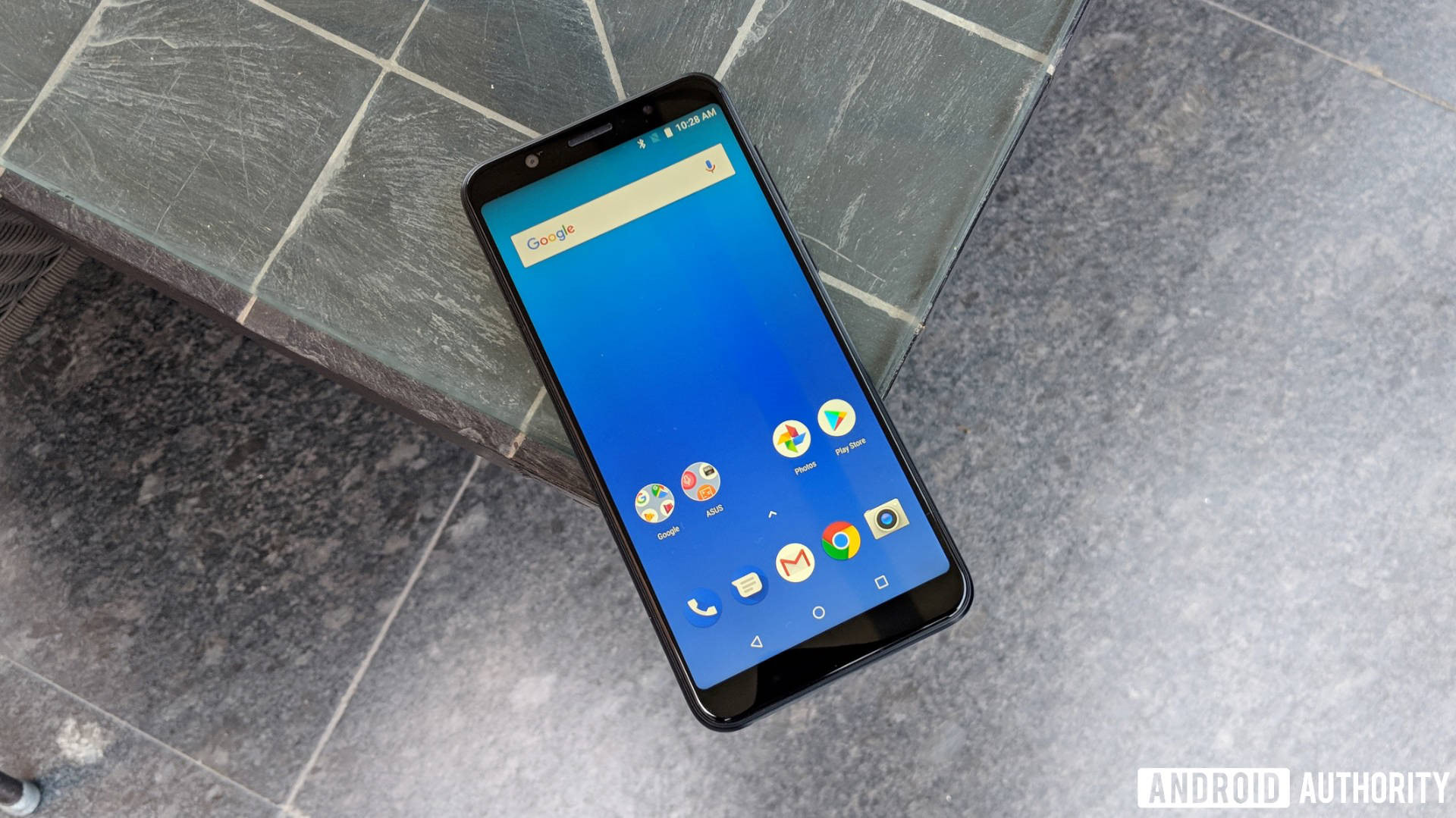
Powered by the Qualcomm Snapdragon 636, the Zenfone Max Pro comes in two memory variants – 3GB RAM with 32GB internal storage and 4GB RAM with 64GB internal storage.
The Snapdragon 636, a successor of the reliable and popular Snapdragon 625 chipset, is claimed to offer more than 50% faster performance and even greater efficiency than its predecessor. It packs in eight Qualcomm Kryo cores compared to the standard ARM Cortex A53 cores on the older Snapdragon 625. Without any benchmark tests between the two, the Zenfone Max Pro looks like a fine performer. It chugs along nicely with anything thrown at it, even graphic-intensive games. In the little time I spent with the device, I did not notice any lags or stuttering. The Android experience is a breeze, really.
One of the highlights of the Zenfone Max Pro is that it manages to pack in a 5000mAh high capacity battery in a slim and compact chassis. The power-efficient Snapdragon 636 processor and the big battery is a solid combo that will give the phone a long battery life. And then there’s the bundled 2A/10W charger that charges the phone quick enough – in less than three hours. We’re awaiting final firmware to confirm how long the battery will last, with early tests showing close to 40 percent left after an entire day of heavy usage.
The ZenFone Max Pro features a triple slot tray, so users can use two 4G SIMs and a microSD card – all at the same time – if they so desire.
ASUS is also highlighting the peerless (in its segment) audio experience on the Zenfone Max Pro with a 5-magnet speaker and NXP smart amplifier onboard. To boost the audio even further, the Zenfone Max Pro comes in-box with a nifty Max Box accessory that passively amplifies the audio without any electronics. It’s a plain vanilla cardboard and magnet setup based on precision acoustics.
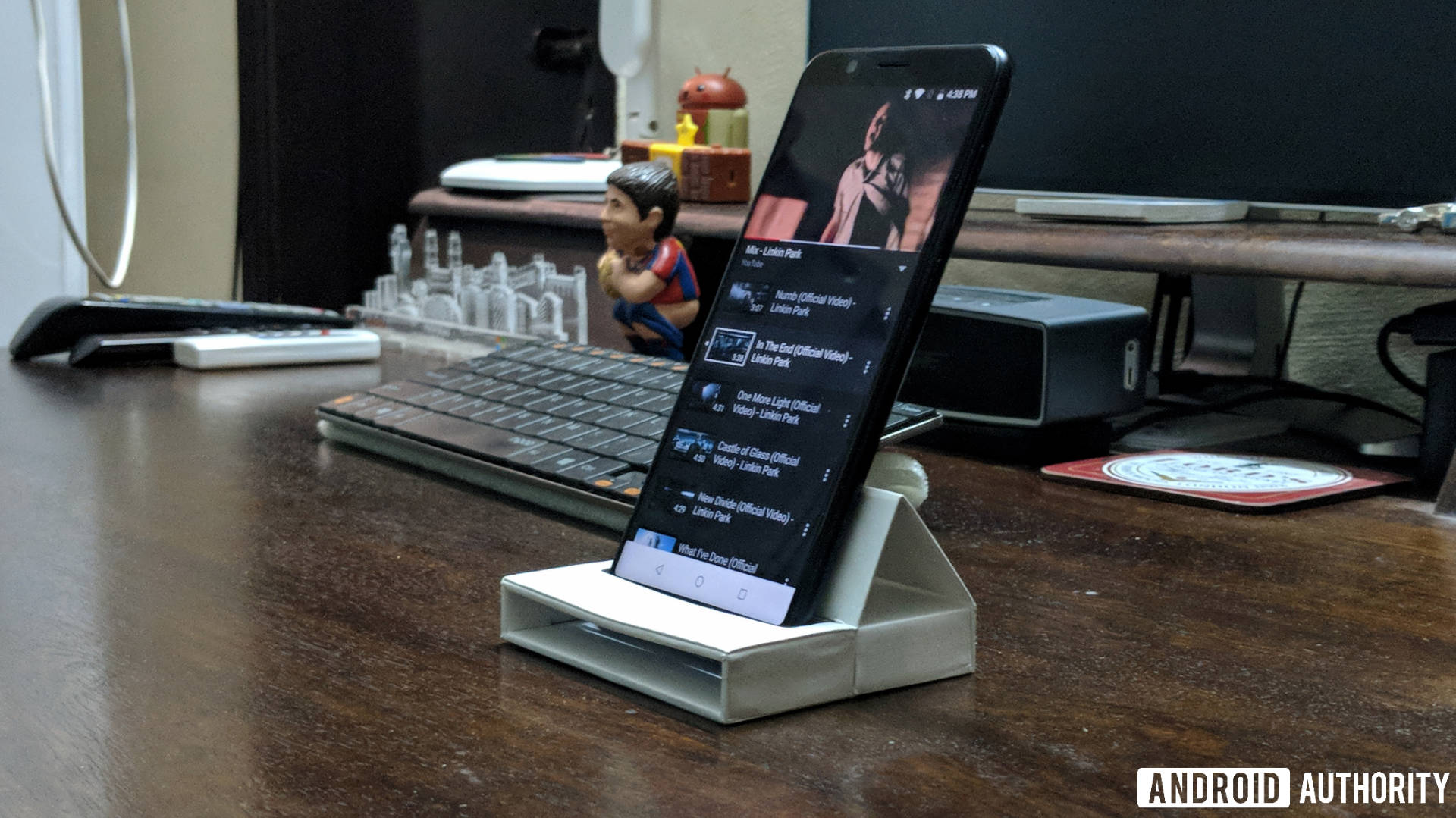
Software
The Zenfone Max Pro drops the company’s proprietary ZenUI skin in favor of pure Android 8.1 Oreo experience. The latest Android version with no bloatware – which the company has been notorious of in the past – should garner a lot of fans who prefer stock Android instead of heavy customizations that sometimes are not well thought out and often wear down the performance.
ASUS has shared that the final firmware of the device will also support face unlock.
Camera
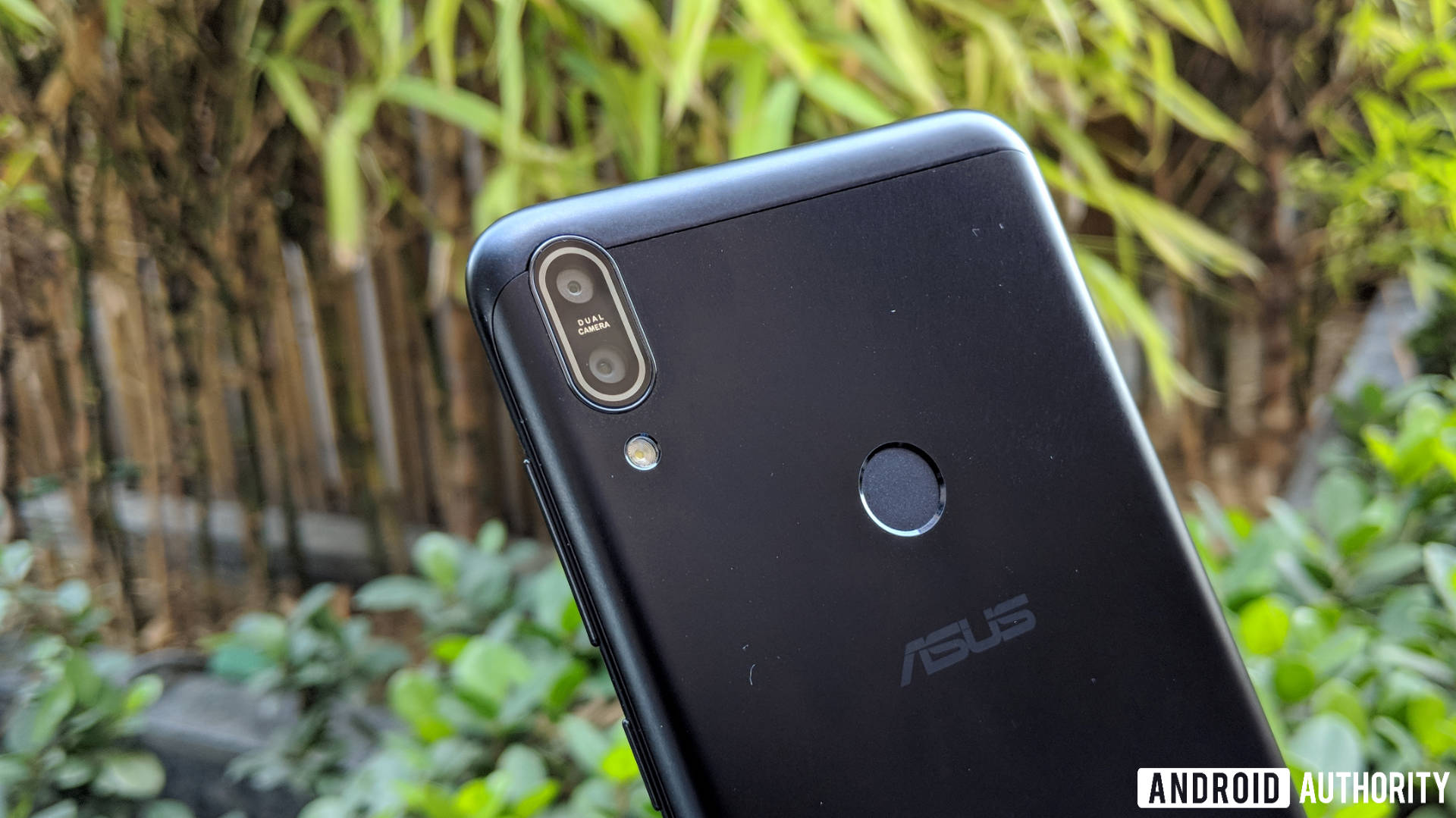
The Zenfone Max Pro packs in a dual camera at the back. There’s a 13MP rear camera with a 5MP depth sensing sensor – so yes, you can use the depth of field effect for those bokeh shots and portraits.
On the front, there’s an 8MP camera with bokeh mode and softlight LED flash for decent selfies even in low light conditions. In the absence of the secondary sensor, the camera automatically creates a shallow depth of field for photos with prominent foreground subjects.
There’s too much going on with the Camera app on the Zenfone Max Pro. There are several shooting modes, filters, beautification settings, and more. It’s not the best experience, but yes, a lot of options to play around are welcome. That said, ASUS has informed that the Camera app on the final firmware that goes on retail devices will be improved even further. We’ll see how it goes.
Gallery
Summary
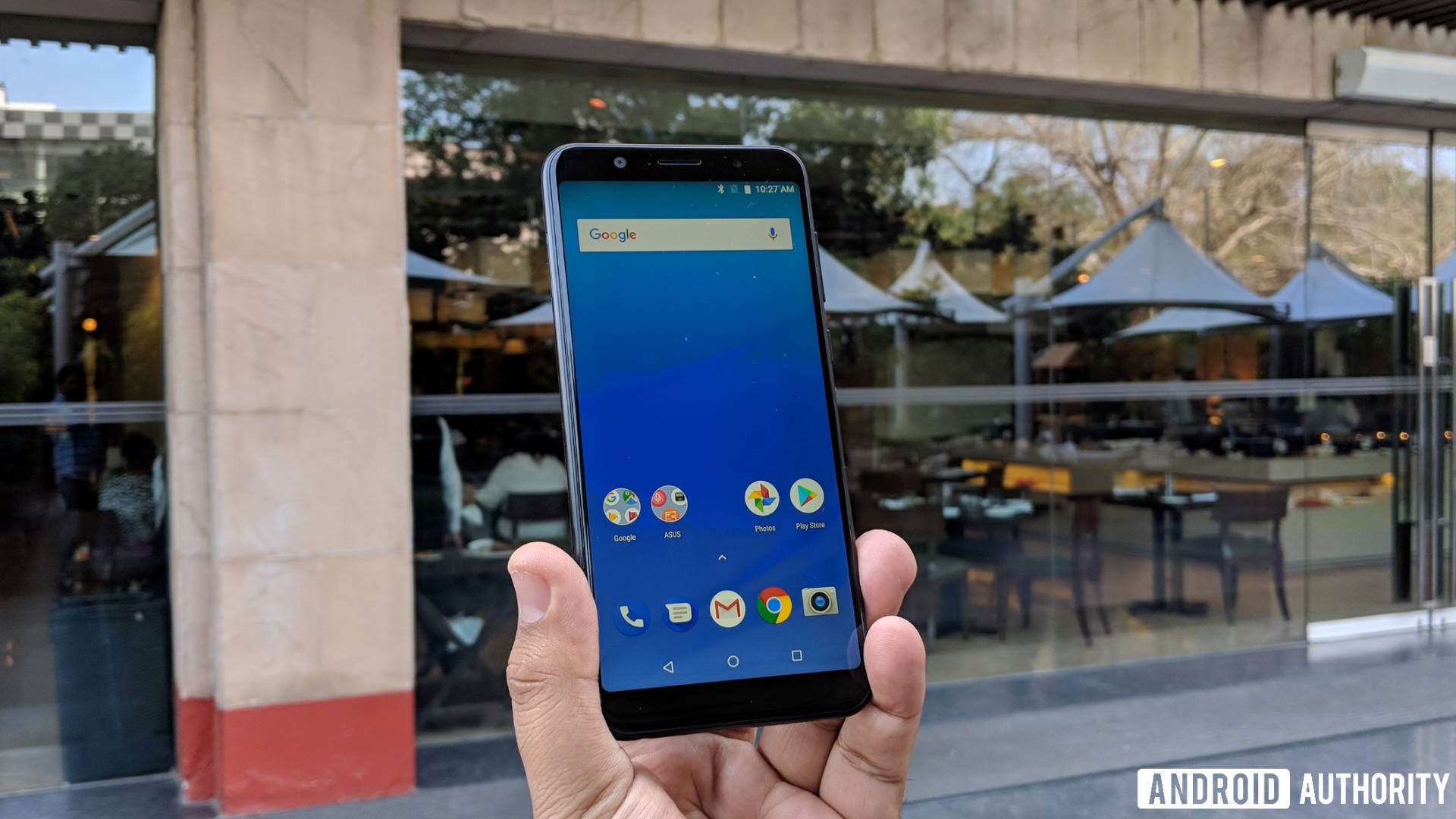
The ASUS Zenfone Max Pro (M1) is a well-rounded smartphone where the sum of parts is greater than the whole. It’s a very capable phone, but we need to dive deeper and use it for a longer period with extensive testing before sharing a final verdict on the same. That said, the initial impressions are mostly positive, considering the pretty good pricing.
The ASUS Zenfone Max Pro M1 is a well-rounded device that ticks all the boxes for an affordable smartphone.
Available in two color variants – Meteor Silver and Deepsea Black – the lower spec’d variant of the Zenfone Max Pro is priced at ₹10,999 ($166) while the higher spec’d variant is priced at ₹12,999 ($196). The device comes bundled with the complimentary Max Box accessory. The company has also announced that it will follow up these with another variant soon with 6GB + 64GB memory and a 16MP + 5MP rear camera setup for a price of ₹14,999 ($225).
After ASUS signed up a strategic agreement with Flipkart last week, the ASUS Zenfone Max Pro (M1) will be exclusively available on the online retailer starting May 3. The device comes with Flipkart’s new ‘Complete Mobile Protection’ at a special introductory price of ₹49 only.
We have asked ASUS for information on if this device will be available in other markets, but there’s no availability given yet.
What are your thoughts on this new affordable smartphone from ASUS and would you want to pick one up? Tell us in the comments!